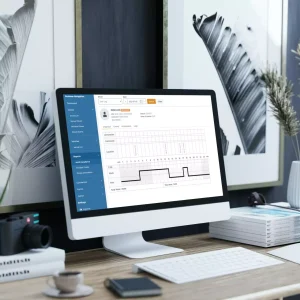
Logmaster is a NHVR accredited electronic work diary that is compliant for use on Apple and Android smartphones and tablets. Click this banner to see our accreditation.
Logmaster is a NHVR accredited electronic work diary that is compliant for use on Apple and Android smartphones and tablets. Click this banner to see our accreditation.
Logmaster Australia
All Logmaster Australia people must identify the classification of information at creation and record that classification with the information, or the system processing, transmitting or storing that information.
Common information security attacks target out of date software or that for which there is a known vulnerability, exploiting most organisations inability to quickly patch the flaws in their IT systems.
All information security incidents are treated as priority incidents. The impact of an information security incident on Logmaster Australia may be critical and it is important that for all actual or suspected information security incidents:
Cyber policy
Information and Incidents Policy
Quality Policy
Risk management policy and escalation table
Version 2 | Original Policy Development | August 21 |
Version 2 | Policy Approved by Executive Director | August 21 |
Version 2 | Policy Implemented | Jan 21 |